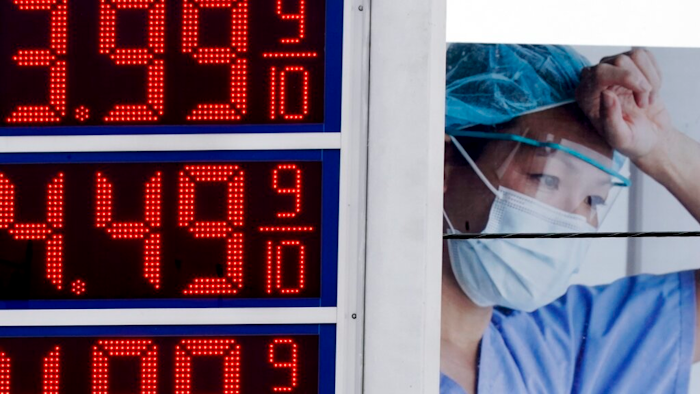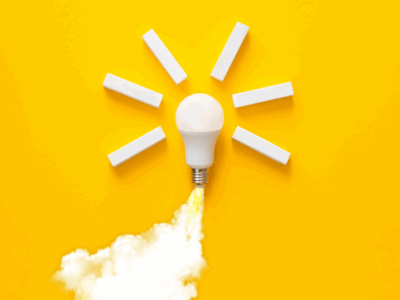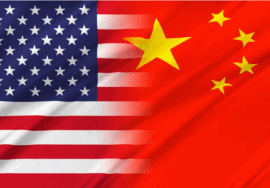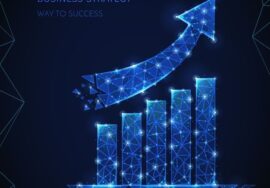Fears Grow of Persistent Inflation Becoming New Normal
[ad_1]

Prices are displayed on a sign at a gas station in Milwaukee on March 14, 2022, with a billboard for medical services in the background.
AP Photo/Morry Gash
NEW YORK (AP) — Everyone knows inflation is bad. The pressing question is whether everyone expects it to stay that way.
With prices rising at their fastest rate in generations — and already lasting longer than many economists expected — the fear is that households across the country will start to see high, persistent inflation as the new normal. If that becomes the case, they could ramp up their purchases in hopes of buying ahead of further price increases, among other moves that would keep inflation elevated or push it even higher.
“We see a risk of inflation expectations becoming unanchored in the medium term, causing central banks to raise rates sharply,” strategists at the BlackRock Investment Institute wrote in a recent report. “Energy prices are now driving growth, rather than being the result of it.”
Surveys of households and some measures of inflation expectations in financial markets say that’s not the case yet. But the worrying signs are growing as gasoline costs hit records on the back of surging oil prices.
In the latest survey of consumers done by the University of Michigan, for example, expectations for year-ahead inflation jumped to 5.4% in March. That’s up from 4.9% in January and in February, and it’s the highest expected inflation since 1981. “Though to be fair, the longer annual inflation rate remained unchanged at 3.0%,” noted John Briggs, global head of desk strategy at NatWest Markets.
In the bond market, investors are showing the highest expected inflation rates in decades. That’s measured by looking at yields for regular Treasury bonds versus yields for Treasurys whose payouts rise and fall with inflation.
Investors are expecting an annual inflation rate of more than 3.5% annually over the next five years. That’s up from less than 2.9% at the start of the year.
If inflation expectations get high enough to change behaviors for households and for companies, it could entrench a self-reinforcing cycle where workers demand bigger raises to cover inflation, which pushes companies to raise prices: a “wage-price spiral.” That’s already begun, as companies raise prices in order to protect their margins and workers win some raises.
For now, the Federal Reserve is trying to raise interest rates to rein in inflation and avert that spiral. But it straddles a delicate line: If it moves too slowly, inflation may stay high. If it moves too quickly, it could choke the economy into a recession.
[ad_2]
Source link










